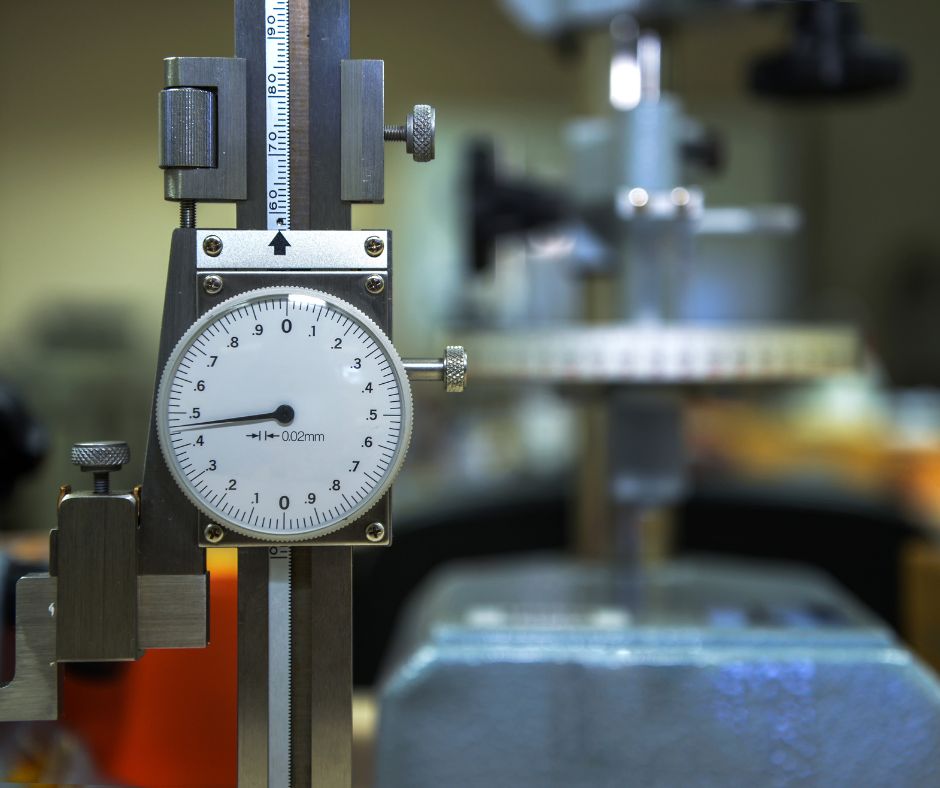5 Types of Calibration Certificates and Why They Are Important
 When it comes to calibration, one of the most crucial documents you’ll receive is the calibration certificate. This official record provides a detailed account of how your instrument was tested, adjusted, and validated, ensuring that it meets the required accuracy standards. There are various types of calibration certificates, each serving a different purpose depending on the equipment and industry requirements. Read on for an overview of five of the most common types of calibration certificates and why they are important for maintaining equipment performance and compliance.
When it comes to calibration, one of the most crucial documents you’ll receive is the calibration certificate. This official record provides a detailed account of how your instrument was tested, adjusted, and validated, ensuring that it meets the required accuracy standards. There are various types of calibration certificates, each serving a different purpose depending on the equipment and industry requirements. Read on for an overview of five of the most common types of calibration certificates and why they are important for maintaining equipment performance and compliance.
- Standard Calibration Certificate
The standard calibration certificate is the most common type of certificate provided after a routine calibration service. It outlines the calibration procedure performed, the equipment used, and the results of the tests. This certificate will usually list the instrument’s original measurements, the calibrated values, and the tolerance limits, showing the accuracy of the instrument. These certificates:
- Ensure that the instrument is operating within specified tolerances.
- Provide traceable evidence of calibration, which is useful for audits or quality control.
- Serve as a baseline for future calibrations.
- Accredited Calibration Certificate
An accredited calibration certificate is issued by a calibration laboratory—such as Trident Calibration Labs—that is accredited by a recognized authority, such as the American Association for Laboratory Accreditation (A2LA) or a similar organization. This certificate assures that the calibration service meets specific industry standards for quality and reliability. Accredited labs follow rigorous procedures and methodologies, ensuring that your instruments are calibrated accurately and in compliance with international standards. Here’s why accredited calibration certificates are important:
- They ensure that calibration was performed according to the highest industry standards.
- They’re a requirement in regulated industries, such as healthcare and aerospace, where precision and compliance are critical.
- They provide additional assurance that the calibration process is reliable and traceable to recognized standards.
- NIST-Traceable Calibration Certificate
An NIST-traceable calibration certificate is a type of standard certificate where the calibration results are traceable to the National Institute of Standards and Technology (NIST) or another recognized national metrology institute (NMI). This certificate provides a direct link between the measurements from your instrument and a known, globally recognized standard. It’s important because:
- NIST traceability is often a requirement in industries with stringent regulatory standards, such as pharmaceuticals or aerospace.
- It provides the highest level of confidence in the accuracy of the measurements, as they are tied to a recognized, authoritative source.
- It’s essential for businesses that need to demonstrate compliance with industry-specific regulations.
- As-Found and As-Left Calibration Certificate
The as-found and as-left calibration certificate includes two key pieces of information: the instrument’s condition before calibration (as-found) and the condition after calibration (as-left). The “as-found” measurement shows any deviations from the required standard before the calibration process, and the “as-left” measurement shows the corrected values after calibration. These certificates:
- Provide insight into the condition of the equipment before and after calibration, which helps assess whether maintenance or adjustments were needed.
- Ensure that corrective actions were taken and that the equipment is now operating within the desired tolerance range.
- Are particularly useful for instruments that are critical for operational efficiency or regulatory compliance.
- Certificate of Conformance
A certificate of conformance is a document that states that an instrument or equipment meets the specified standards or regulatory requirements. Unlike a standard calibration certificate, which focuses on the actual measurement results and adjustments, a certificate of conformance is a declaration that the instrument conforms to a set of predetermined specifications. Here’s why it’s important:
- Provides a high-level assurance that the instrument meets required standards.
- Often used in industries like manufacturing or food production, where meeting specific criteria is essential for quality and safety.
- Used to validate that equipment meets particular industry or regulatory standards without necessarily detailing the specific results of calibration.
Regardless of their type, calibration certificates play a critical role in ensuring the accuracy, reliability, and regulatory compliance of your instruments. At Trident Calibration, we offer a variety of calibration certificates to suit the needs of your business, ensuring that all instruments are calibrated to the highest standards. Contact us today to learn more about our services and how we can support your business in maintaining accurate, reliable, and compliant equipment!
continue reading
Related Posts
How Regular Calibration Can Minimize Downtime and Improve Efficiency In […]
5 Benefits of Online Asset Management for Calibration and Equipment […]
What Is Calibration Uncertainty and Why Does It Matter? When […]




